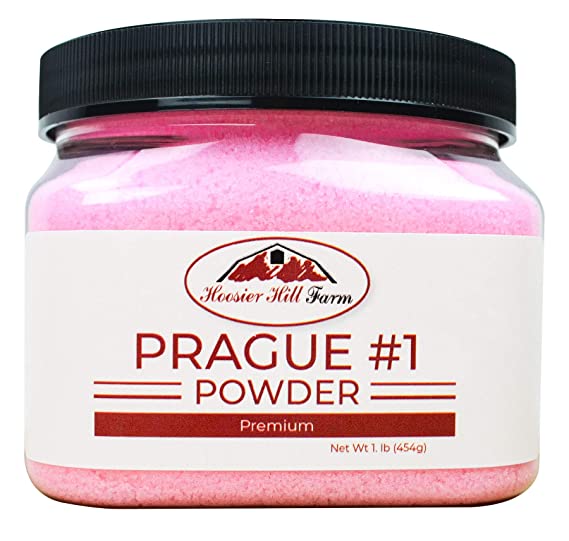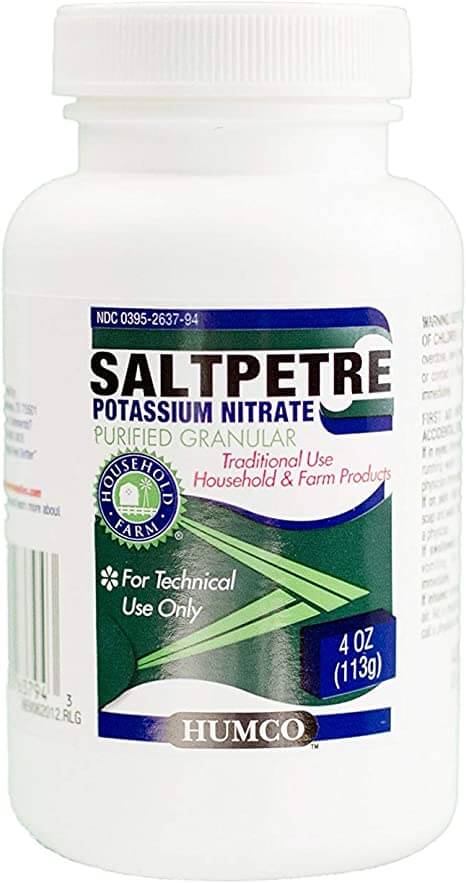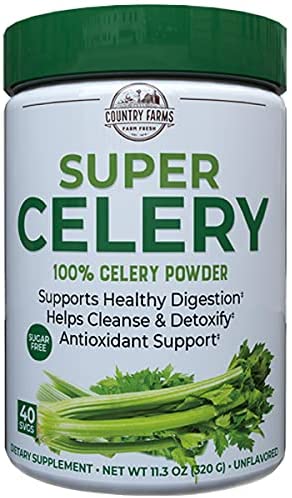Curing salt is used as a food preservative and has a long history of use throughout the centuries. It allows individuals to keep food longer and preserve its integrity for use over a longer time. Salt curing food has many benefits and is worth learning about. And if don’t have curing salt on hand or can’t find any, then you’ll need a curing salt substitute.
There are a few alternatives one can use that I recommend for keeping tasty food like cured meat around for use even when it’s out of season or months later. I find that salt curing is a tried-and-true method for enjoying certain items throughout the year.
What is Curing Salt?
Curing salt is a type of salt typically used to process and preserve meat. It is usually a shade of pink and prevents the development of bacteria and fungus. It greatly increases the shelf life of meat, but it can also be used in other applications.
Curing salt is also referred to as Prague Powder or pink curing salt. It is sold online and in stores across the country. There are two versions to choose from that have a different percentage of ingredients but are ideal for getting the same results.
Prague powder #1 and #2 are typically pink, but not to be confused with Himalayan salt. Prague powder #2 has additional sodium nitrite and Prague powder #1 has more sodium nitrate. The pink color they both possess isn’t naturally occurring but rather caused by using an artificial red dye.
Curing salt may be difficult to find, or if you’re like me and tend to be impatient, you can use a curing salt substitute to begin working on your curing project right away.
How Curing Salt Works
Curing salt works to create cured meat by slowly killing off the bacteria in any microbes that may be found in or on the food surface. This chemical process works to transform sodium nitrate into sodium nitrite. Sodium Nitrite is more stable and allows the food to stay preserved and edible for much longer.
The substance referred to as curing salt is a mixture of sodium nitrate and table salt and is used for various meat preparations, such as sausage, bacon, and even corned beef. Curing salt is highly effective in preventing the growth of Clostridium botulinum botulism.
Botulism is extremely rare in today’s times due to people taking measures to prevent it from occurring. It’s a naturally occurring toxin that can be fatal, but curing salt prevents it from growing and becoming ingested by individuals who eat the meat by inhibiting botulism development.
Can I Use Regular Salt as Curing Salt?
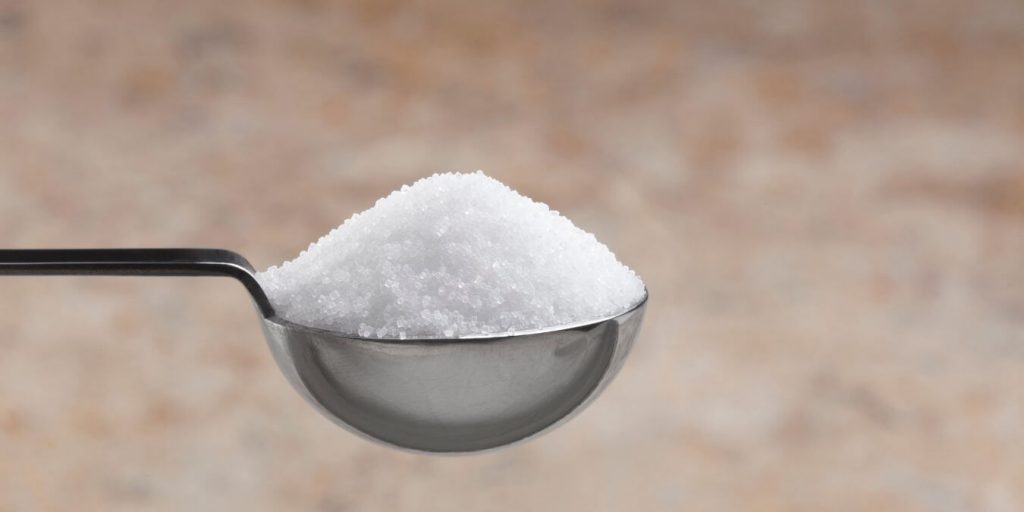
Regular salt can be combined with a few ingredients to create curing salt, just like I would purchase in a retail store. This blend is easy to make and offers a way to cure salt on hand in a pinch.
Because the type you buy in the store is more convenient, people tend to purchase it already mixed and ready to use. However, it doesn’t take very long to create a curing salt mix without having to buy it at the store. Just be sure to keep a few ingredients on hand, and if you want the salt to be pink, you’ll have to add the dye, but it really isn’t essential.
Can I Make My Own Curing Salt?
It is possible for someone to make their own curing salt. The most basic method for making this meat-curing salt is by adding one ounce of sodium nitrate that is labeled 6.25% to one pound of either sea salt or regular table salt. You can add herbs for flavor in this application. It is used the same as the type you purchase from a retailer and used for curing meats of all types.
I feel that one of the best applications for this homemade curing salt is to use it with saltpeter and sugar for sugar-cured meat. I suggest using four pounds of salt mixed with three ounces of saltpeter and 1.5 pounds of turbinado sugar mixed completely. Submerge the meat in the mixture and rub it thoroughly onto the meat’s surface.
Can I Cure Without Curing Salt?
There are a few substitutes for curing salt that can be used effectively for the same purpose. Curing salt substitutes can provide the same effect as the common type found in stores. There are a few options for those who want to cure their meats right away without using the traditional blend of ingredients.
Best Curing Salt Substitutes
Consider these curing salt substitute options that allow individuals to preserve meat without having to use the typical store-bought version. These alternatives also include naturally occurring options for those trying to modify their diets. I suggest trying a few of these options to see how they work.
Saltpeter
Perhaps the best alternative to curing salt is saltpeter. This is also known as potassium nitrate and is ideal for meat preservation. This substance also works to tenderize the meat. It has a long history of keeping meats fresh through the winter months and times when there are food or meat shortages.
The formula for using saltpeter is the same as curing salt. Simply use the same amount, and it will work to wick away and remove the moisture present in the meat, thus preventing the growth of harmful bacteria and fungus.
Celery Powder and Juice
Those who want to preserve meat without the use of nitrates have an alternative. Celery powder is another incredible preservative that I highly recommend. Not only is celery powder great for curing meat, I suggest trying celery juice too.
To clarify, celery isn’t really free of nitrates; it has them naturally occurring, which makes it a great substitute for the artificial or added variety. To use either of these applications, simply add the meat to either substance in the same amounts as your typical curing salt.
Sea Salt
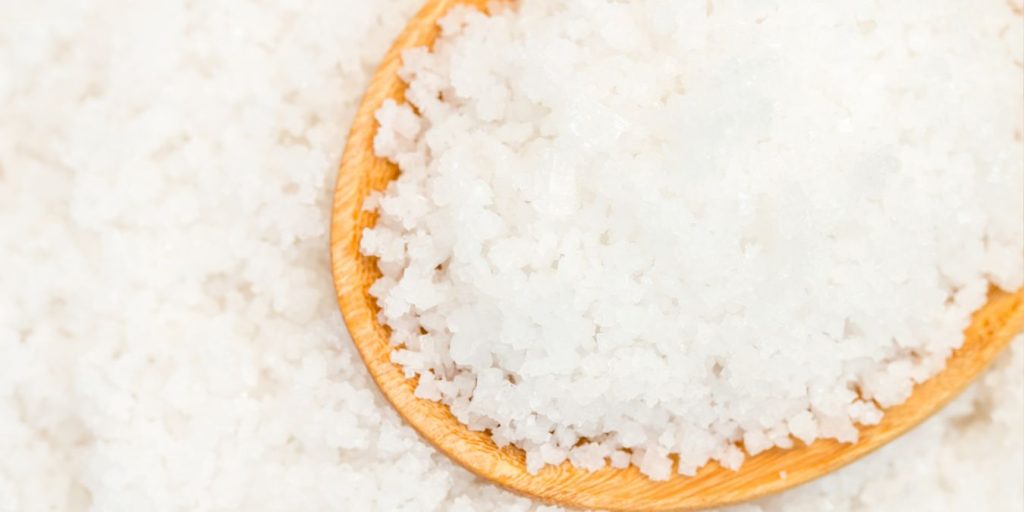
A commonly used alternative to curing salt is non-iodized sea salt. This alternative is ideal because it’s cheap and easy to find.
You can also use it to preserve many types of food besides meat. The reason I suggest using the non-iodized version is to preserve the flavor of the foods you prepare. The iodized version will alter the flavor and produce less than ideal results. The amount needed for cured meats is the same as the curing salt and the other alternatives I have already mentioned.
Pink Himalayan Salt
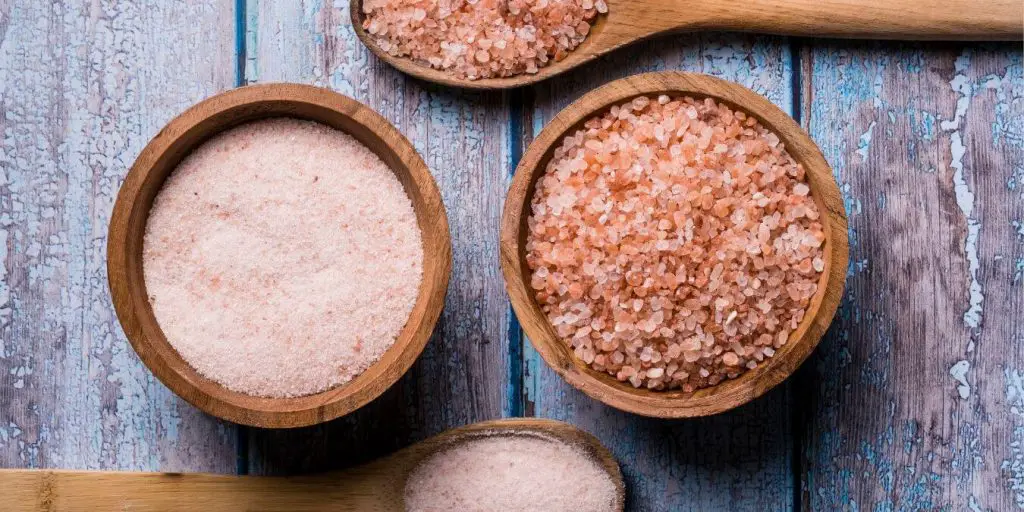
This version of salt is now commonly found in most stores and provides a simple and economical solution for preserving meats and other foods.
There is an added bonus to using this Himalayan salt, and that is it is packed with minerals. It adds more nutrients to the food you preserve and makes it a better healthful alternative to curing salt or some other options. To use pink Himalayan salt, use it in the same ratio as curing salt.
Kosher Salt
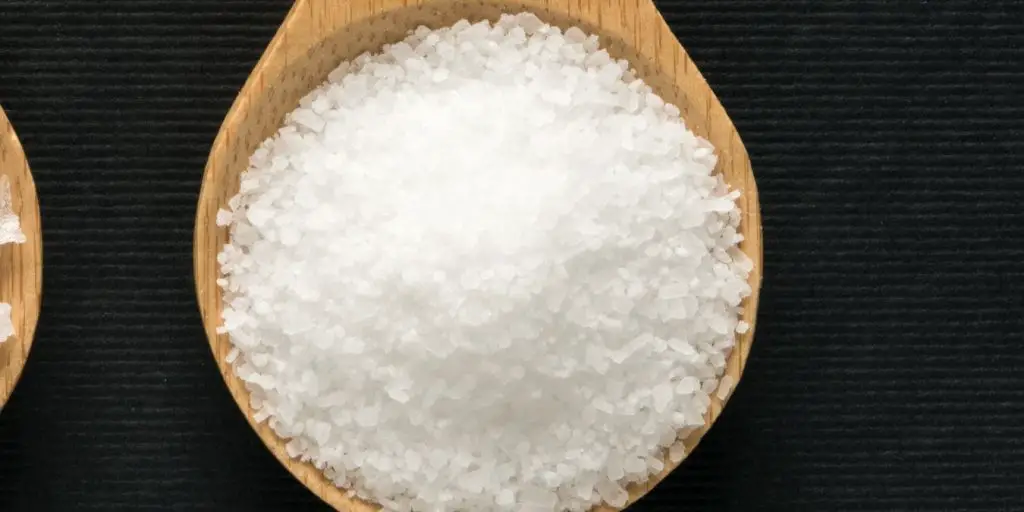
A great alternative that is free from nitrates is Kosher salt. This type of salt has been used to preserve meat for centuries. It was used by the ancient Jewish people during the Middle Ages for this purpose.
Kosher salt has a less potent flavor and is now cheap and easy to find in most areas. I suggest this option for those who want a similar result as curing salt. Using Kosher salt for cured meats is simple – just use the same amount you would for standard curing salt.
Vinegar
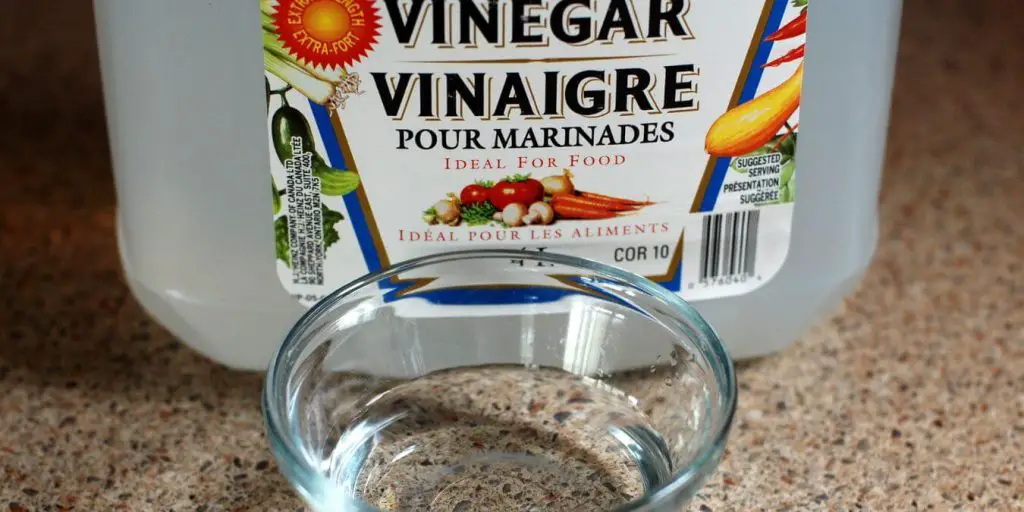
A word of caution when using vinegar as a preservative for meat. It only works in certain applications and drastically changes the flavor of the meat.
It can be found commonly in preserved meat sticks you see at the supermarket or gas stations. This application also works for some fish and requires soaking the meat or fish completely in vinegar. The type of vinegar doesn’t matter so long as it isn’t balsamic vinegar, which doesn’t offer a preservative quality.
Raw Sugar
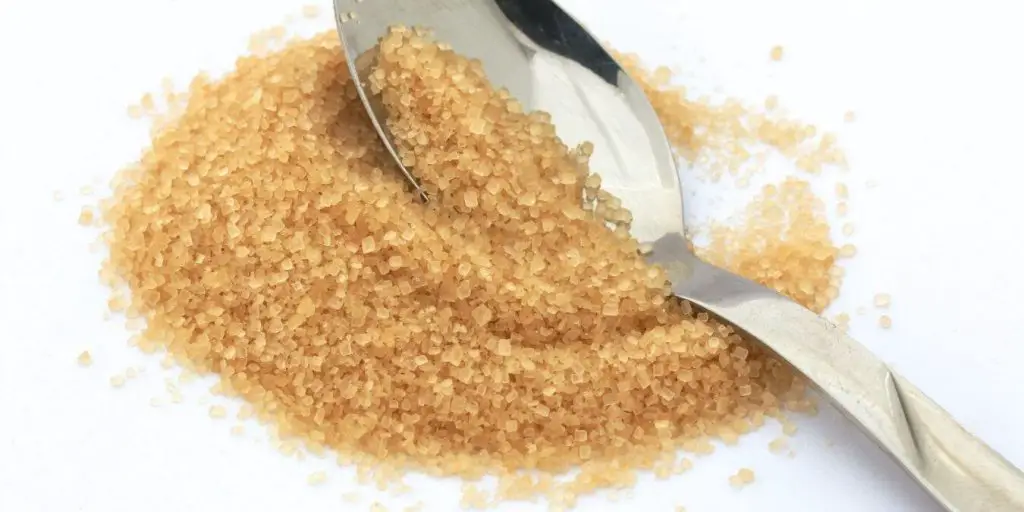
Raw turbinado sugar is also ideal for preserving meat. This substance has the molasses removed and comes in crystal form that’s a brown color. This sugar is commonly used to cure pork products such as ham and bacon because it gives the meat a delicious flavor and smell.
Additionally, the results are visually appealing and make the finished products very tasty for those who like sweet flavors that contrast well with other foods. The application for turbinado sugar is the same as regular salt, and it’s advised to completely submerge the meat in the sugar for the best results.
Meat Curing Advice
The process of curing meat is a time-honored tradition and is a great skill to master. It isn’t difficult to achieve with some experimentation and healthy enthusiasm.
Food Safety Is The #1 Priority
There are a few words of caution to keep in mind, however. I know some may wonder if curing meat with these ingredients is necessary.
While some cultures may dry meat without the curing salt or one of the alternatives mentioned in this article, it isn’t recommended. There are many bacteria and microorganisms that can quickly develop without the proper conditions, which can prove fatal in some situations.
As mentioned earlier, botulism is a real threat to people who don’t each properly prepared food, or food that isn’t sealed adequately. It can prove fatal in some cases.
Use Fresh Meat For Best Results
The best course of action is to use only the freshest meat that hasn’t sat out in the elements. Otherwise, if you are using older meats, you’ll end up with more problems. Whether the meat is sourced from the wild or from a store, time is of the essence.
Once the meat sits for a time, it begins to lose its flavor and texture, which can provide less than ideal results. There are a few instances where the flavor or smell may be covered, and that is especially true with the vinegar method. I suggest throwing away any meat which has a bad smell or appearance to prevent illness.
Overall, sticking with high quality meats that are fresh is the best way to go to ensure safety.
Experiment To Find The Best Substitute For Curing Salt
Try to experiment with a few methods to find which works best for a particular application. Though food safety should be the primary focus, using alternatives to curing salt can be a fulfilling way to preserve your food.

